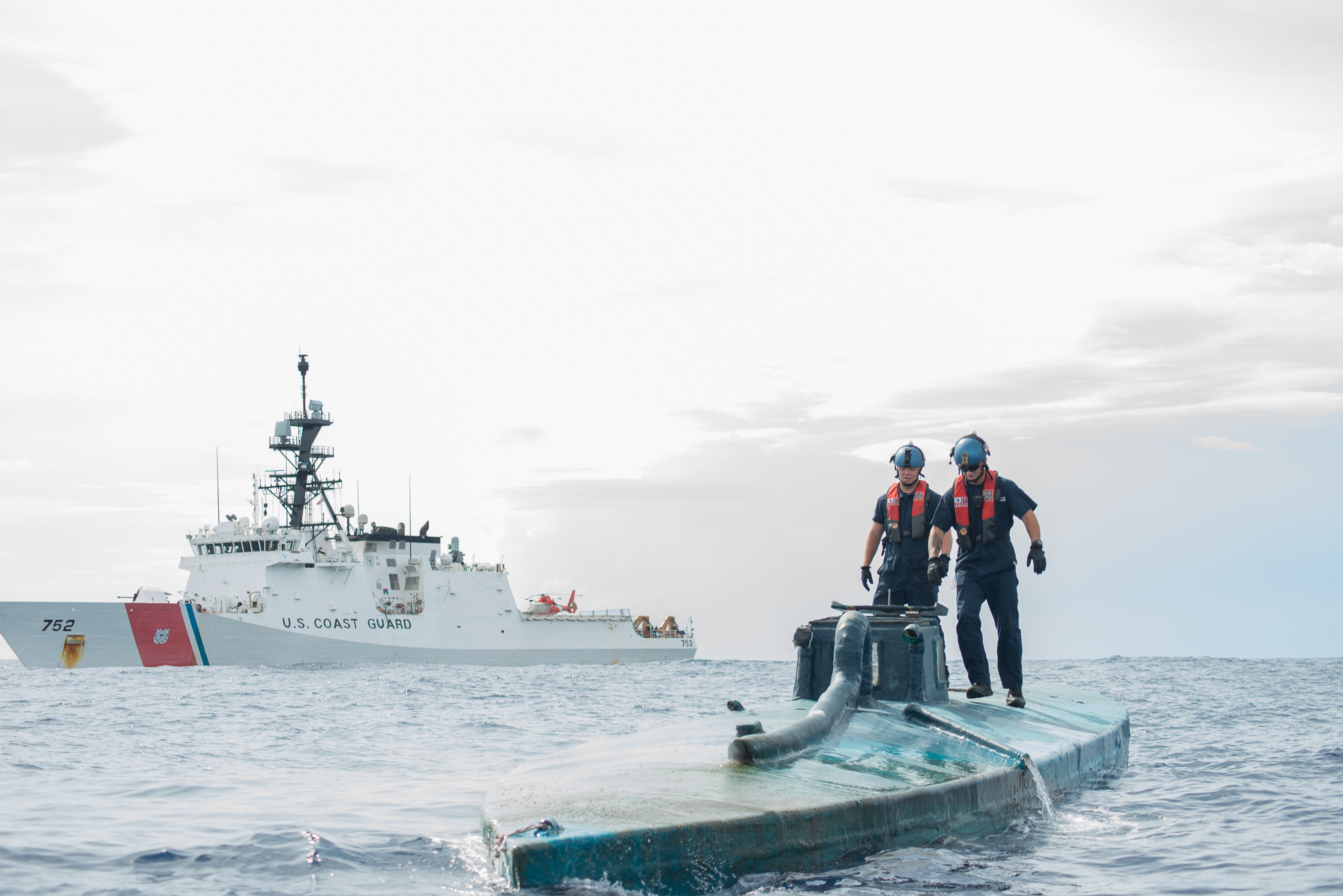
Opinion: Doing the Most with the Least; the Coast Guard Dilemma
No other service over the last decade has been hit harder by budget cuts and sequestration than the U.S. Coast…
Copyright 2024 U.S. Naval Institute. All Rights Reserved.